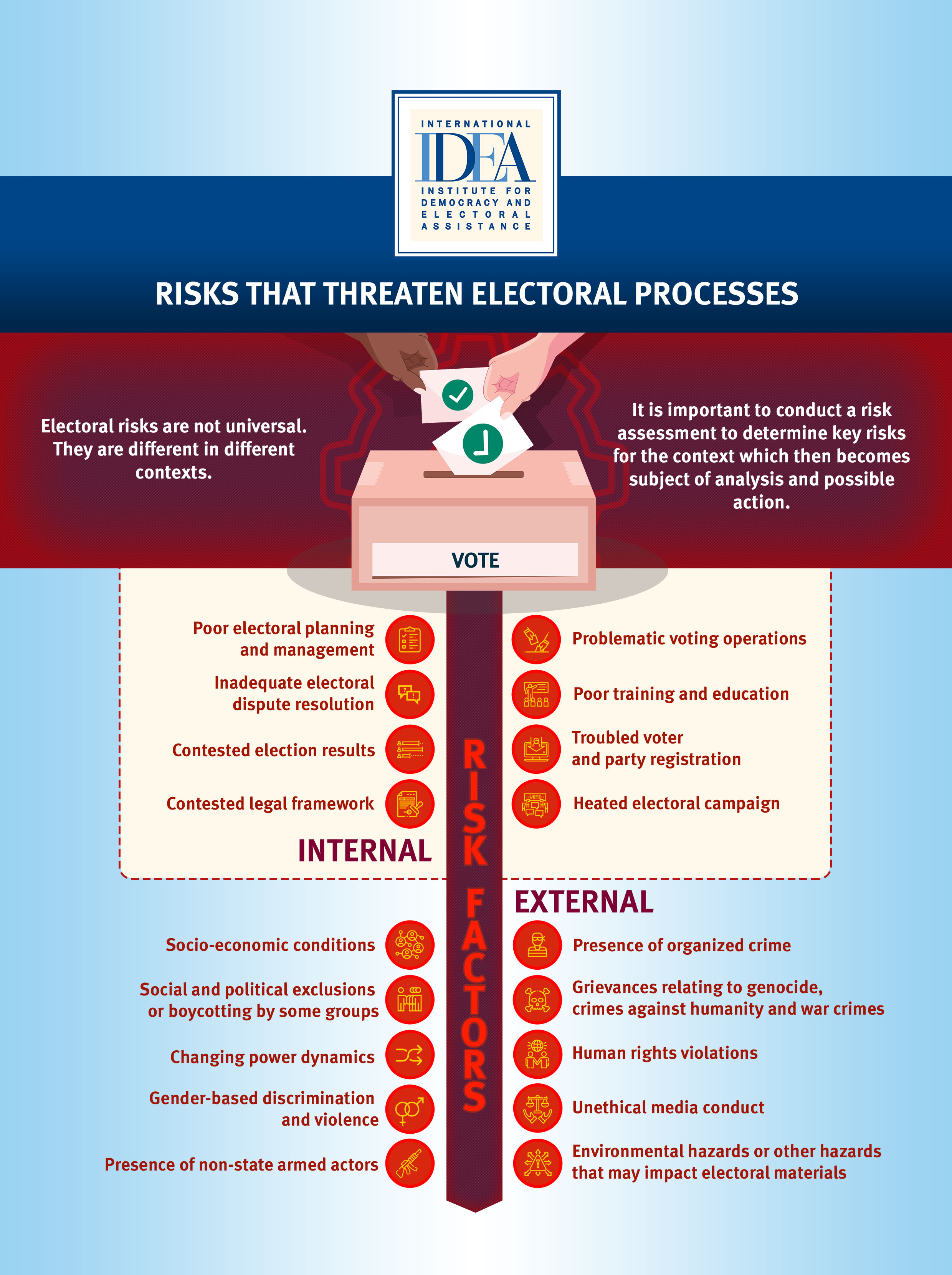

Step 2: Decide the period of time (an hour, week or day etc.) you want the Pareto chart to cover Step 1: Identify the categories you want to use to group the items, and the measurements (i.e. This way it depicts which situation is the most significant. While the length of the bars represents the frequency or cost (time or money), the bars are arranged with the longest bars to the right and shortest bars to the right. Pareto diagrams are a great way to identify which problems should be prioritized based on the cumulative effect it has on a system. Risk Probability and Impact Matrix (Click on the template to edit it online) 2.


While the risks on the bottom left corner can often be disregarded, the risks placed on the top right corner should be given top priority. Based on where the risk is placed on the matrix, you can prioritize it as In the risk probability and impact matrix, you can rate potential risks based on these two dimensions. Impact – A risk always has a negative impact.Probability- The probability of a risk occurring can range from 0% to below 100%, therefore it is an event that may occur.It helps to evaluate the relative impact (high or low) of a risk and the probability of its occurrence (high or low).Īccording to the risk probability and impact matrix, there are two dimensions to risks This is a tool that can be used to do a qualitative risk assessment. Quantitative risk analysis – quantifies the possible outcomes and evaluate the probability of achieving objectsįollowing are a few risk management methods you can use to help during the analysis phase of the risk management process.Qualitative risk analysis – here the risks are analyzed based on the likelihood of them occurring and the impact they may have on projects, business etc.By correctly analyzing the risks, you will be able to prioritize as to which risk has the highest impact on your business. Once you have identified the risks, the next step is to assess the risks to see what kind of an impact they have on your business and current projects. Process Map for Risk Management (Click on the template to edit online) Analyze the Identified Risk Step 4: Calculate the Expected Monetary Value (EMV) of each decision path by multiplying probability and impact Step 3: In this step you have to identify the monetary value of the risk, or in other words how much it would cost you if the risk is to occur Step 2: Figure out the probability of a risk occurring and assign it Step 1: Identify decisions and prepare a decision tree diagram based on decisions, costs, and rewards of uncertain options available to you. This, in turn, helps make a better decision. It allows you to assess the values of outcomes and possibilities of achieving them. Decision Tree Diagramĭecision trees are used to make decisions when you are faced with multiple options. The following visual risk management methods can be used to identify risks beforehand. By identifying the essential functions the company must perform to reach a goal and identifying how they can fail.By identifying root causes and the impact they may have.Identifying risks should be done early in a project and shouldn’t be done in the middle of or during a project, as it may be too late. The risk management process begins with identifying risks in advance once you have set the goal. These are detailed below along with risk management techniques you can use.

Key stages of a risk management process are identifying risks, analyzing risks and planning to mitigate risks. Help teams stay more focused on the key outcomes.Help to improve communication between stakeholders and project teams.Help to provide enough data to make better decisions regarding projects/ events.Help to prepare for unexpected threats beforehand.Help to identify projects that might be headed toward trouble and apply solutions.Other benefits of risk management include, Risk management is essential to a business as it helps prevent financial losses and increase revenue. It allows businesses to improve their chances of success by minimizing threats and maximizing opportunities. Risk management is a process in which risks are identified and controlled proactively. In this post, we will discuss visual risk management techniques that you can use during each stage of your risk management strategy. The best way to reduce the negative impact risks may have on your business is to incorporate risk management techniques into your business structure. It’s a part of any new or routine endeavor. Whether it’s a multinational corporation or startup, risks cannot be avoided.


 0 kommentar(er)
0 kommentar(er)
